-
Meter to Cash
-
Customer Relationship
-
Post-Billing, Payments and Accounting
-
Additional Business Processes
-
AI Analytics and Tools
Customer Relationship
Discover more
Post-Billing, Payments and Accounting
Discover more
Additional Business Processes
Discover more
AI Analytics and Tools
Discover more
Electricity and Gas Supply
Discover more
Water Management
Discover more
Gas Distribution
Discover more
Waste Management
Discover more
District Heating
Discover more
Products and Solutions
Market Sectors
Insights
Who we are
Customer Service
Digitize and manage all emergency reports related to networks and plants.
×
The Troubleshooting module of NetaWEB digitizes the management of reports related to network and plant operations, integrating key communication channels such as call centers, emails, and remote monitoring systems. Designed for Integrated Water Service Providers, it enables real-time intake and dispatching of requests, reducing response times and optimizing operational resources. The solution integrates seamlessly with existing systems, tracking the full lifecycle of a report—from event detection to intervention activation—with automated logic and customizable workflows.
Troubleshooting enables a multi-dimensional emergency response service: relational, operational, and analytical. It supports customer interaction through various channels, automatically initiates technical procedures, and generates structured work orders. Built-in reporting provides detailed insights into requests, response times, and performance. The result is a responsive, scalable, and transparent system that boosts operational efficiency and enhances the citizen’s experience. A strategic tool to support the digital transformation of the water utility sector, ensuring speed, control, and long-term value.
Why Choose Neta
Modularity and Scalability
A solution adaptable to the customer's context and easily extendable over time.
Unified Approach
A single platform for user reports and technical alerts, reducing redundancies and inefficiencies.
Tempestività operativa
24/7 emergency support with automatic notifications, shift management, and on-call scheduling.
Reduction of manual operations
Elimination of duplicate entries and parallel reporting thanks to system integration.
Centralized visibility
Enables the establishment of a Control Room for managing fault reports on the network and systems, coming from both the contact center and remote monitoring.
Compliance and service quality
Support for ARERA regulatory compliance, with effective traceability and continuous improvement of the required service levels.
Multi-source integration
Acquisition of reports from the call center (softphone integration) and SCADA systems, with automated alarm management.
Complete and traceable workflow
End-to-end management of the intervention cycle, from reporting to final accounting, including classification, planning, and execution.
Decision support system and operational dashboards
Guided classification through decision tree and georeferencing with territorial verification of reports via SIT-GIS integration, along with KPI monitoring on fault reports and field interventions, pending lists, intervention status, and both regulatory and analytical reporting.
Integration with key enterprise systems
Open integration via API mechanisms with external application solutions related to the concept of 'reporting': customer CRM, billing/credit, workforce management (WFM), SCADA systems, and business intelligence (BI) platforms.
Real-time and mobile accessibility
Operational management of reports through interaction with field operations via mobile WFM, enabling an end-to-end process from acquisition to intervention reporting and closure of the report.
Comprehensive alarm management
Logging of reports from SCADA systems, automatic generation of work orders, and end-to-end management of the related process.
Increased efficiency in fault management
Reduced response times for fault resolution and increased first-contact resolution rate.
Improvement of the user experience
Transparent and timely communication with citizens via dedicated SMS/email channels, leading to increased trust and loyalty.
Optimization of operational costs
Streamlining of field resources and administrative management.
More informed decisions
Availability of data analysis and specific indicators for continuous improvement and strategic planning.
Reduction of reputational risk
Prompt response to detected critical events and proactive communication with the various stakeholders involved in the process.
Support for the digital transition
Accelerating technological transformation and maximizing the value of digitalization investments.
Gen AI-powered AMS: from reactive to predictive
Thanks to Generative AI, Application Management Services is evolving into an intelligent ecosystem: it learns, adapts, and anticipates change, transforming daily operations into continuous innovation.
On prem/Cloud & SaaS
Support services for the solutions
© Engineering Ingegneria Informatica Spa 2025








